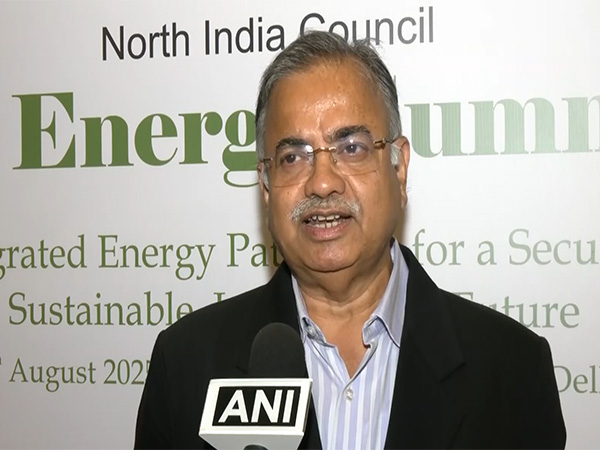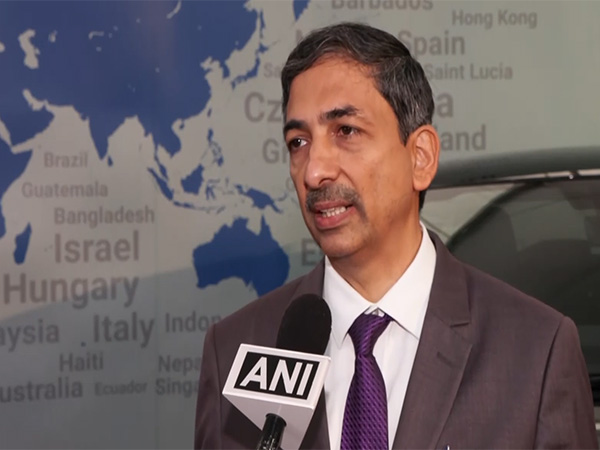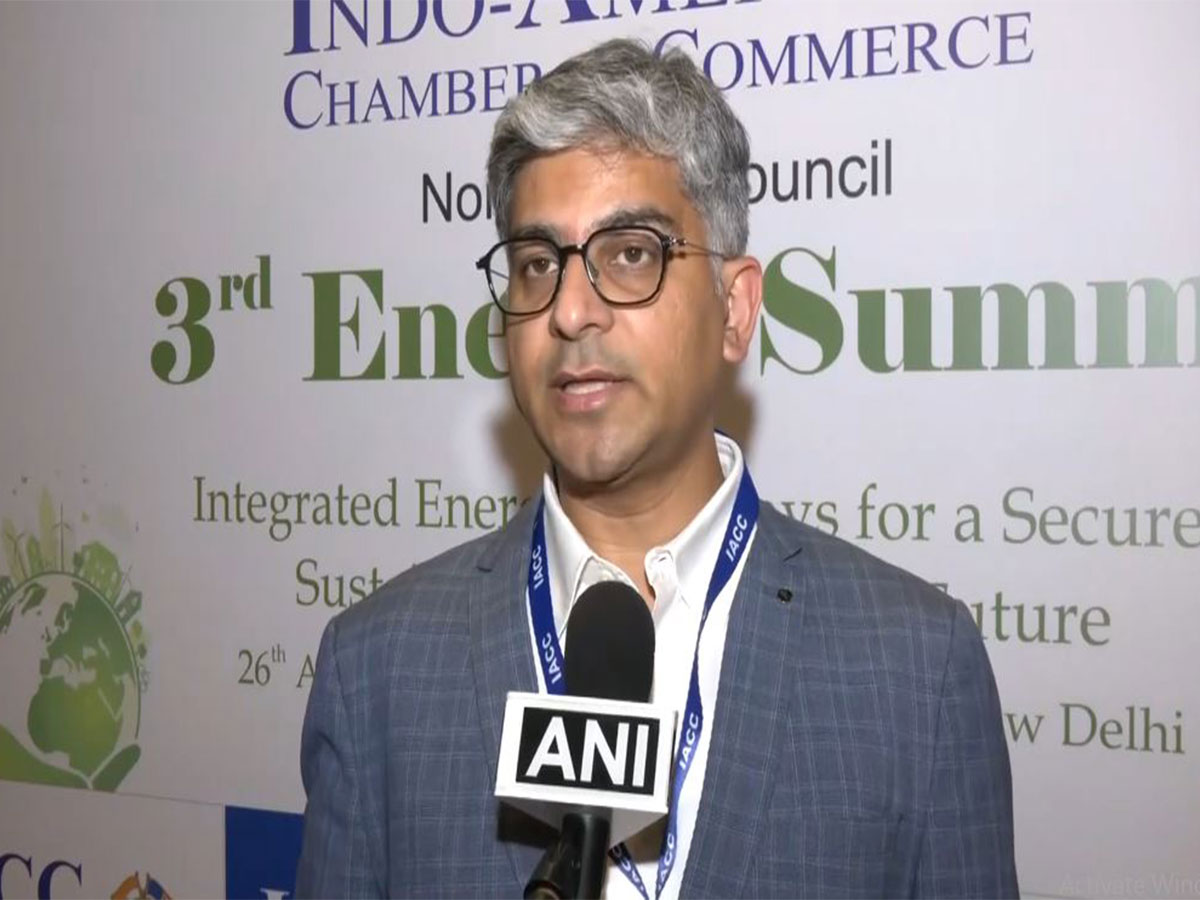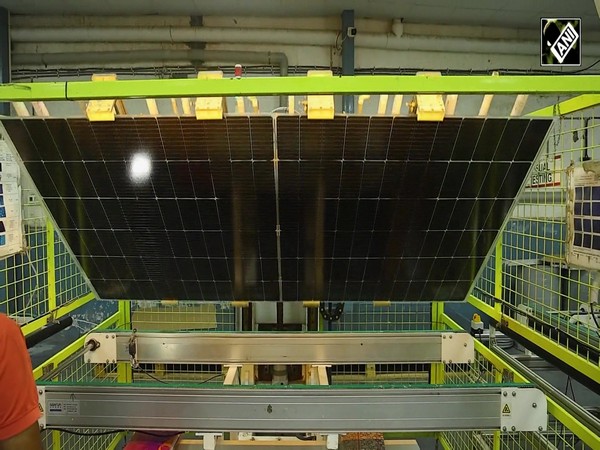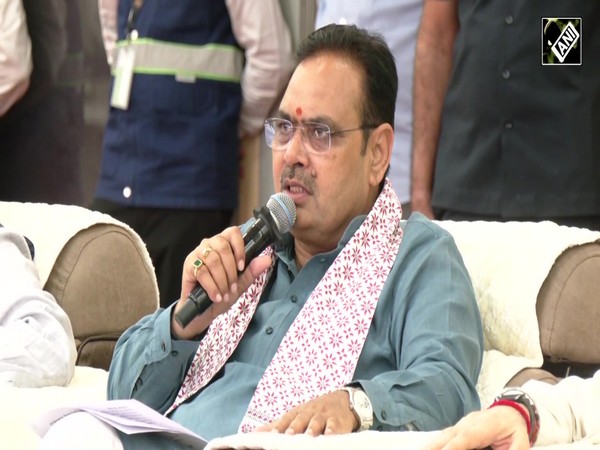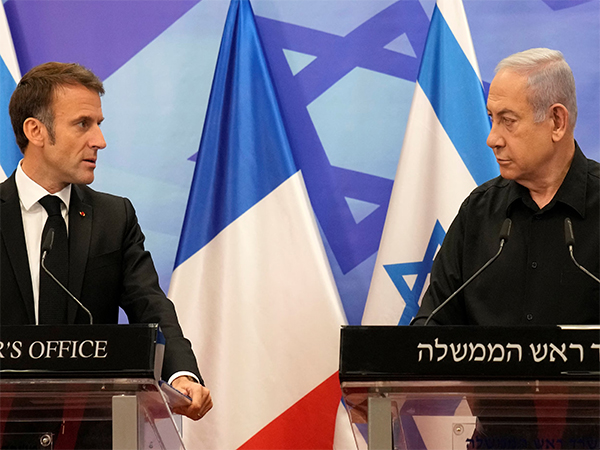
RBI likely to further ease rates after a brief pause as second half of FY26 may need additional liquidity: Report
Jun 14, 2025
New Delhi [India], June 14 : The Reserve Bank of India (RBI) is likely to ease interest rates further after a brief pause as the country may require additional liquidity injection in the second half of the financial year 2025-26 (H2 FY26), according to a report titled Ionic Wealth by Angel One.
The RBI has already revised its inflation target for FY26 down to 3.7 per cent. For the first quarter of FY26, inflation is projected at 2.9 per cent, and the average inflation for April and May is currently tracking close to this estimate.
"We reiterate our view that a) the RBI will likely ease more after a brief pause, and b) more liquidity injection will be required in H2," the report noted.
India's Consumer Price Index (CPI) inflation eased significantly to 2.82 per cent year-on-year in May 2025, down from 3.16 per cent in April 2025.
On a month-on-month basis, inflation dropped by 35 basis points. Core inflation also declined slightly, coming in at 4.28 per cent compared to 4.36 per cent in the previous month.
The report highlighted that today's inflation print provides the RBI more room to support economic growth, a long-standing concern.
The report cautioned, however, that while domestic inflation drivers remain well managed, global factors like geopolitics and trade deals could still influence future inflation trends.
"Some uncertainty lingers from imported inflation," the report added
One of the major contributors to the decline in inflation was a further easing in food prices. Food inflation came down to 0.99 per cent in May from 1.78 per cent in April.
A significant factor behind this moderation was the steep fall in vegetable prices, which dropped 13.7 per cent year-on-year. Pulses also witnessed a price decline of 8.2 per cent year-on-year, aided partly by a high base effect. Cereal prices, while still increasing, showed a slower rise of 4.7 per cent in May compared to 5.4 per cent in April.
The report attributed this overall moderation in food prices to improved supply conditions, bolstered by a strong rabi harvest and favorable sowing conditions for the kharif season.

